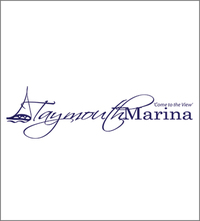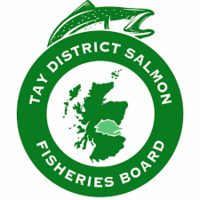Many thanks to Taymouth Marina for facilitating this camera's location and capitally funding its installation. The Ferrynans inn, open Thursday - Sunday from 1200 specialising in wood fires pizza and artisan coffee.Taymouth Marina offers fantastic luxury self catering properties for holidays or short breaks. The Restaurant is on the stunning shores of the loch, we look out over the water & Drummond Hill. Open from 11am daily, serving teas & coffees with breakfast rolls & scones. Lunch is from 12 pm until 3 pm and Dinner from 6 pm. Loch Tay, known as Loch Tatha in Scottish Gaelic, is a freshwater loch situated in the central highlands of Scotland, spanning across the Perth and Kinross and Stirling council areas. It holds the distinction of being the largest body of fresh water in the Perth and Kinross region and ranks as the sixth largest loch in all of Scotland. Historically, the watershed of Loch Tay encompassed the renowned province of Breadalbane.Stretching approximately 14.55 miles (23.42 km) in length, Loch Tay takes the form of a long and narrow expanse, typically spanning 1 to 1.5 miles (1.6 to 2.4 km) in width, following the course of the strath from southwest to northeast. It boasts an impressive depth, plunging over 150 meters (490 ft) at its deepest point. Prior to 1996, the earliest known evidence of human occupation along the shores of Loch Tay was traced to a nearby stone-axe factory at Creag an Caillich and the 1965 excavations of the stone circle at Croft Moraig, dating back to the 3rd to 2nd millennium BC. However, the BLHL project (Ben Lawers Historic Landscape Project) uncovered a lithic scatter along the Ben Lawers Nature Trail, dating as far back as the 8th and 7th millennia BC, shedding light on Scotland's Mesolithic period. These discoveries, along with another Mesolithic site unearthed during the project, significantly contributed to archaeologists' understanding of that particular era in Scotland. Prior to the 1990s, most Mesolithic sites were documented along the coast, making these upland sites the first of their kind found in the Highlands, indicating that the hunter-gatherer communities of that time did not exclusively reside on the coast. The BLHL project also revealed evidence of human habitation and activities in the hills surrounding the loch during the Neolithic period. Notably, a Beaker burial known as the Balnahanaid Beaker was discovered, potentially among the earliest instances of Beakers in Scotland, dating back to a time when their use was uncommon. In the Early Medieval period, people began cultivating the higher elevations of the hills encircling the loch.
Several prominent families, such as the Macnabs, Menzies, Drummonds, Napiers, Haldanes, MacGregors, and Robertsons of Carwhin and Strowan, owned land in the vicinity of Loch Tay. However, little remains of their possible castles or manors. Most of the surviving noble residences are associated with the Glenorchy Campbells, who gained power and influence during the 15th and early 16th centuries, specifically at Lawers, Carwhin, and Edramucky. From the 1600s to the late 1800s, the Campbells held the majority of the land in the area until they began gradually selling it off. Prior to doing so, they initiated clearances that resulted in the removal of an estimated two-thirds of the local population from around the loch. In the 1950s, the National Trust for Scotland acquired a significant portion of the land, subsequently becoming the largest landowner in the region.






